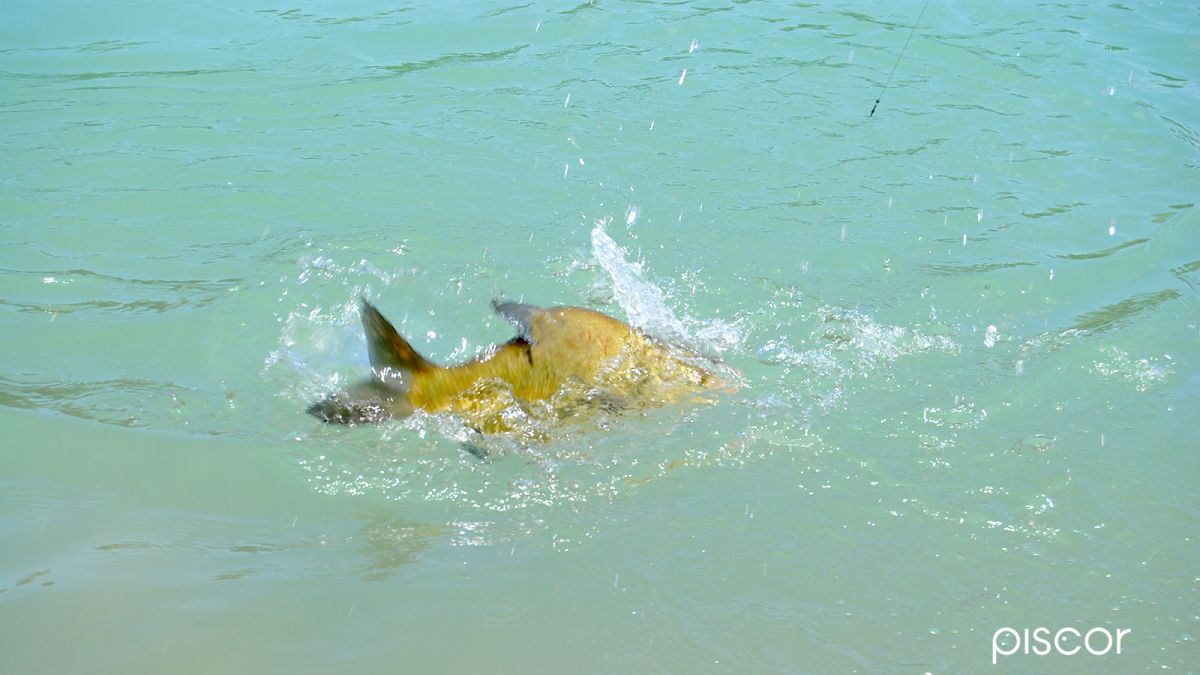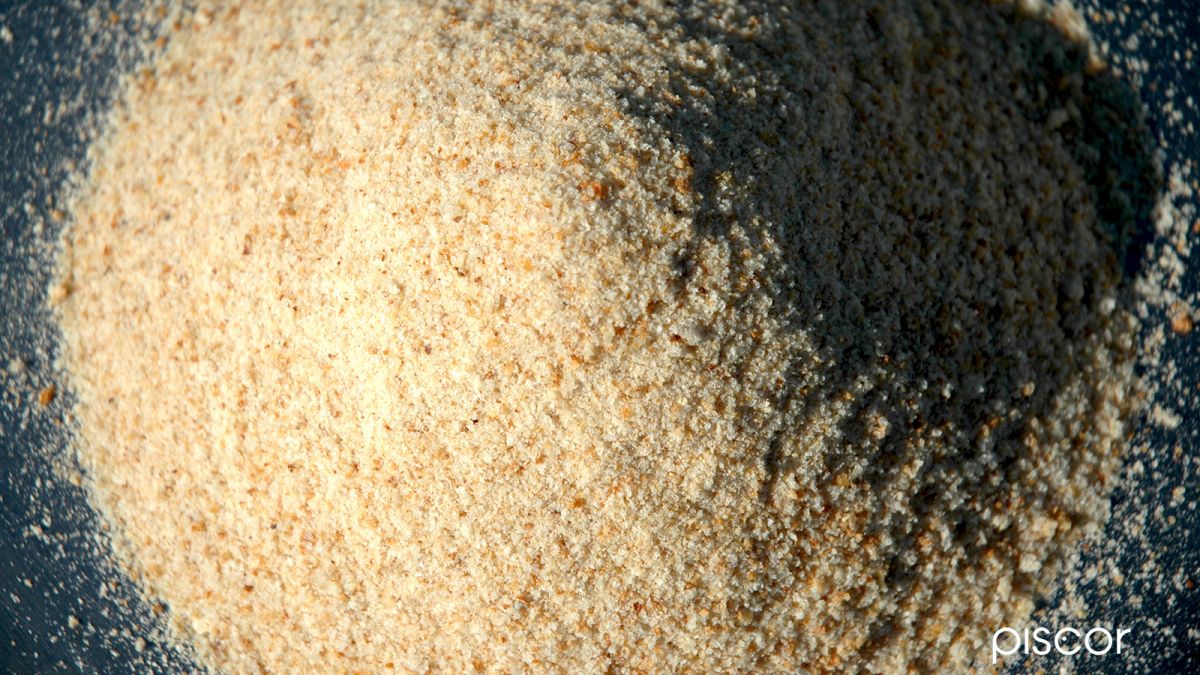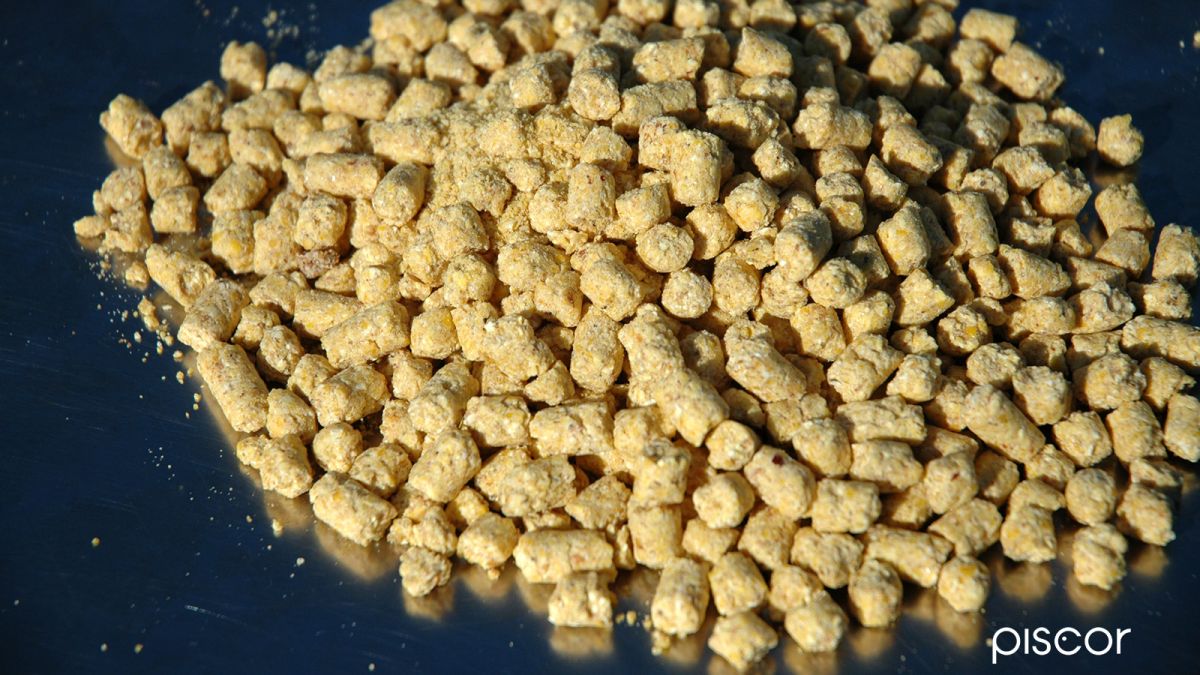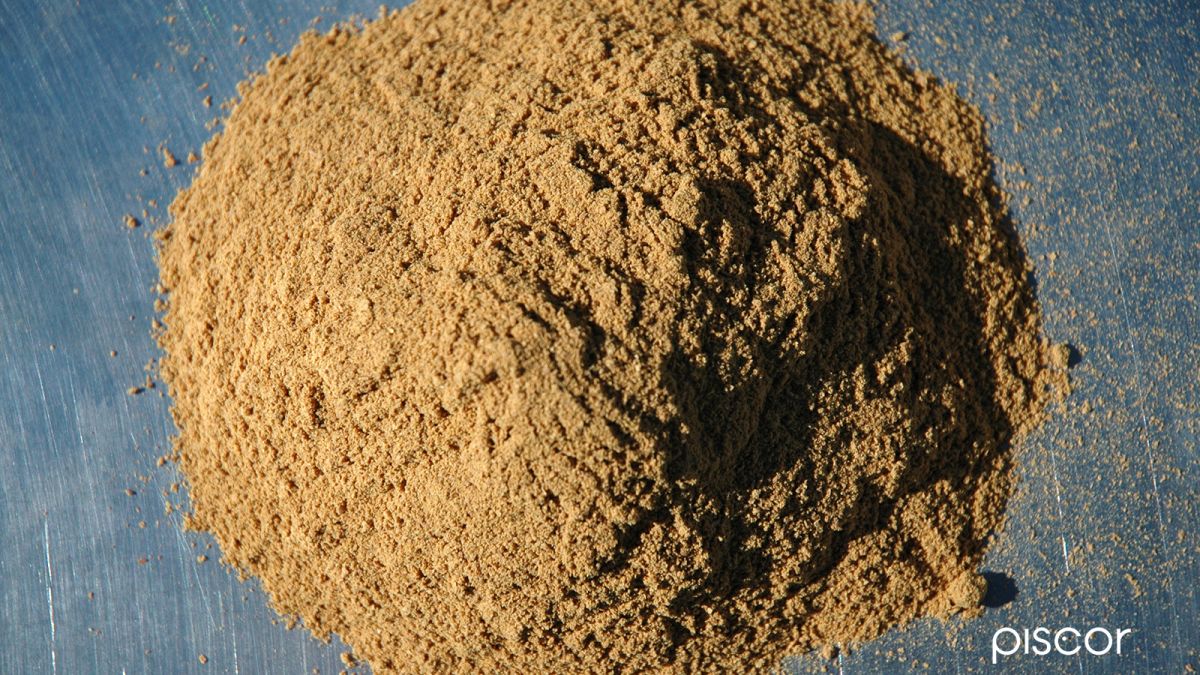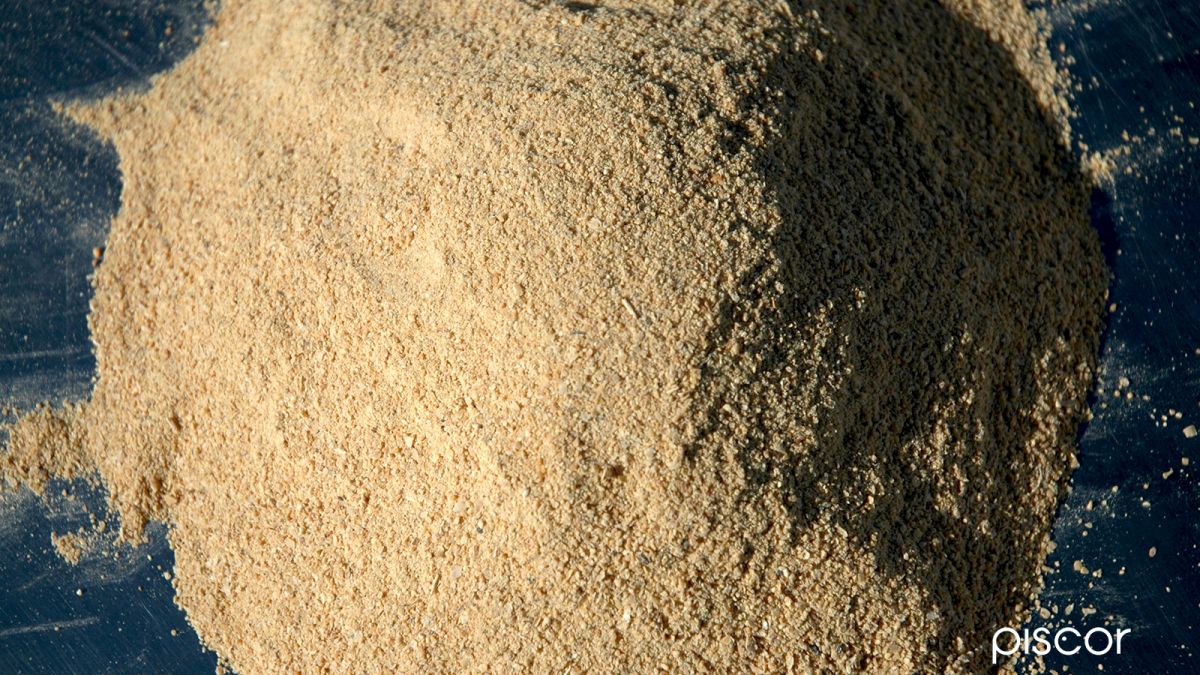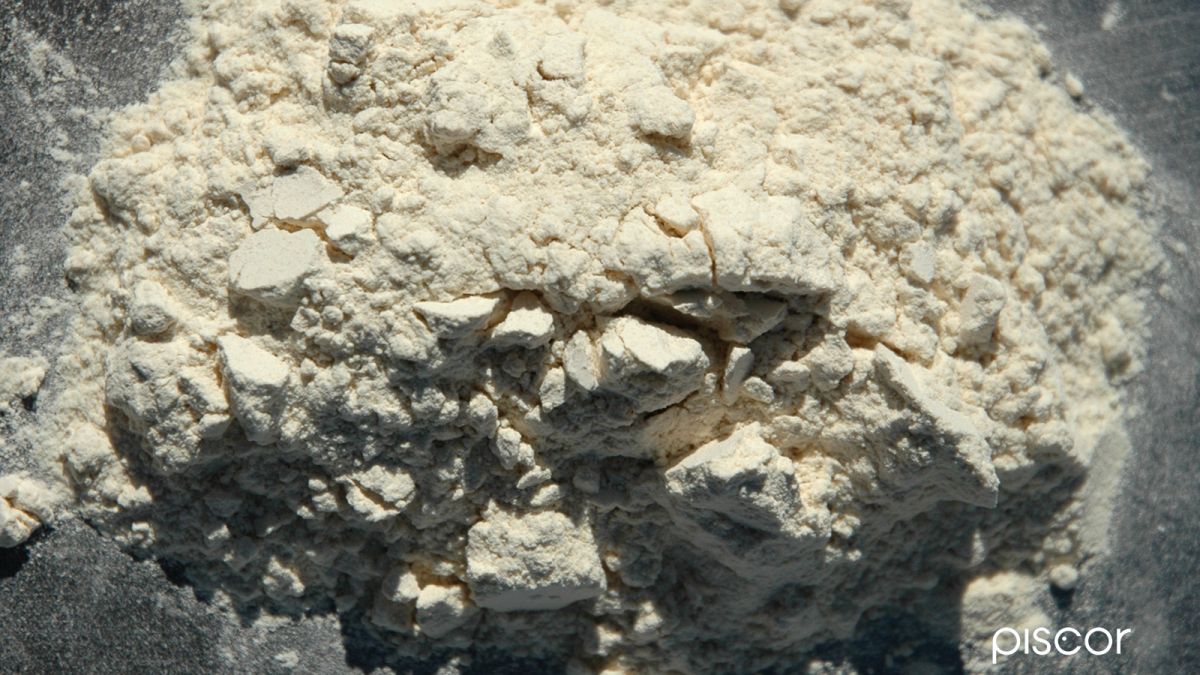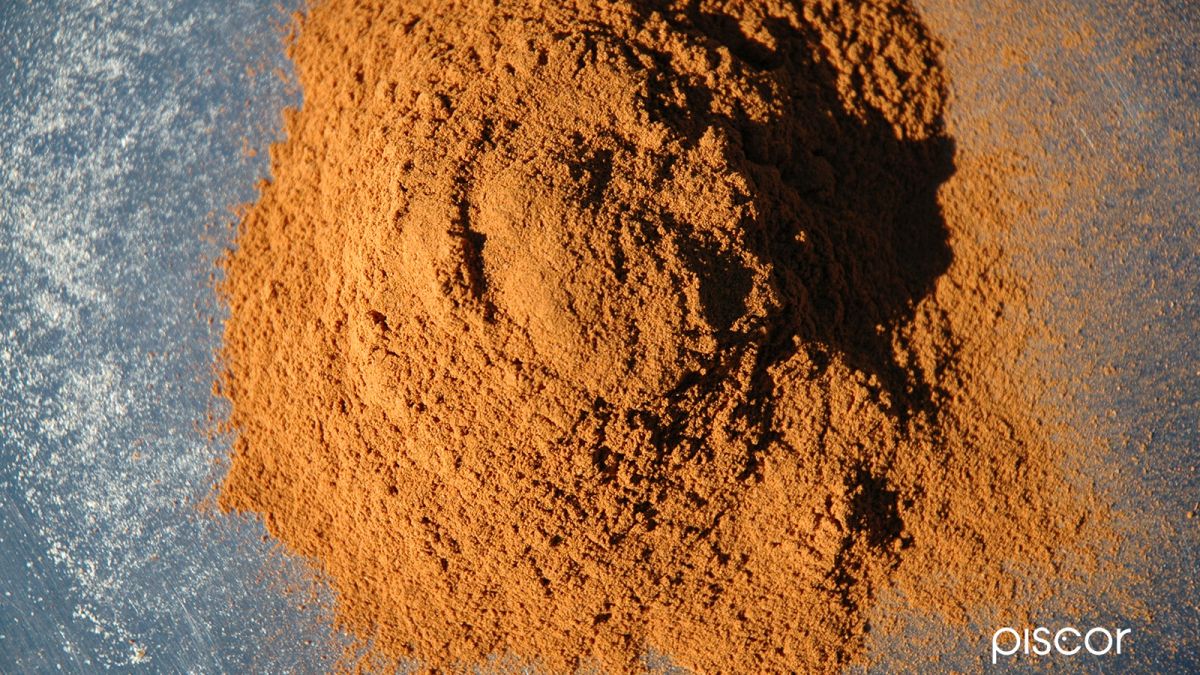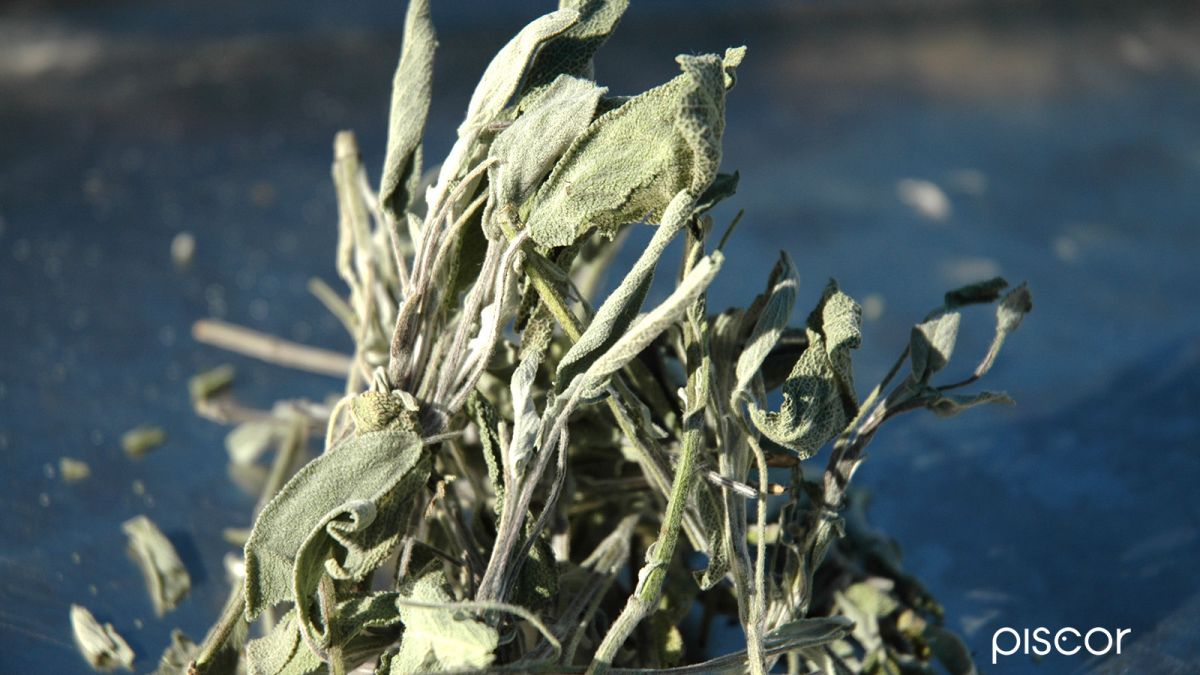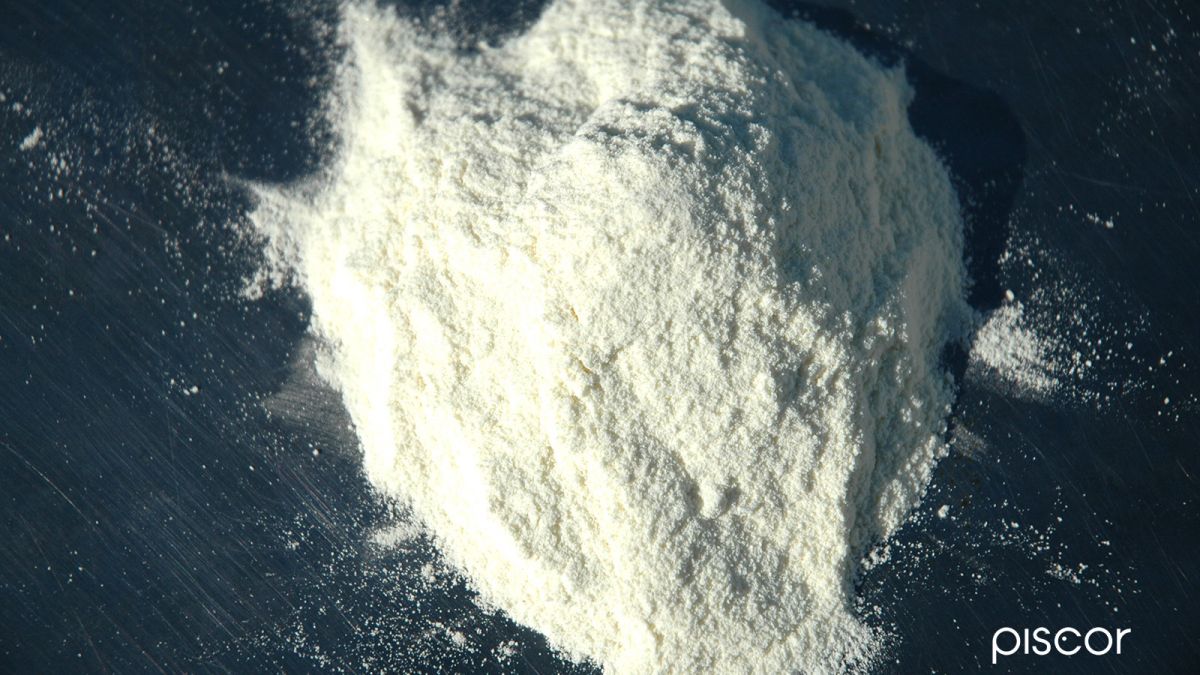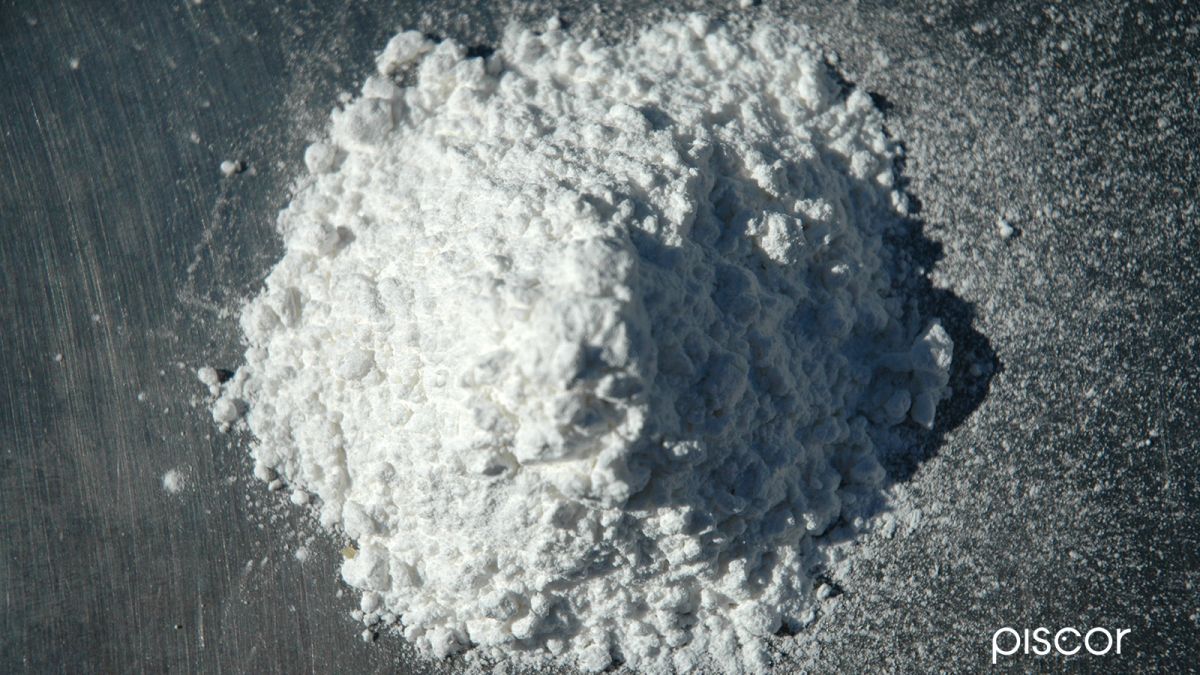Bream fishing is something very special and the first thing to take care of is the preparation of the pasture. After years of experiments, we have managed to isolate products that are really effective.
Let's see what is the key to success in the competitions of this fish that is colonizing more and more our waters.
The key to the problem: the sugar control. Breams are crazy about sweetened flours. The big problem is that when they are on the baiting point, they are only interested in sugar: they swell with pasture, roll over it and disdain baits of animal origin.
Have you ever seen the water in front of you become a huge field of bubbles without, however, seeing a touch? Well, it's the breams that shave your delicious pasture!
In these cases, after a short promising start, touches are rarefied and then, when you hooked a fish, most of the time it is ramped by a side or a fin. You will therefore have understood that sugar is a double-edged sword. And in the hot season, the more active the fish is, the more inconvenient the sugar is.
It may therefore seem preferable to attract breams with an unsweetened product, but a minimum of sugar in the pasture is necessary to get results. This is particularly true for still waters of lakes or canals. In river, the effect of sugar seems less harmful, but the mechanical aspect it is crucial.
In general, in addition to sugary products, all rich food components are to be avoided. Fisherman will therefore try to catch the great breams using very poor products, mainly consisting of tourteaux, residues from the processing of cereals and other, which are used for animal feed.
Products
At the top of the products to avoid, we put the PV1, the famous glue of Belgians. This flour, used to feed horses, is in fact a 40% molassed cereal. It is the most sweetened product among those used for pasture: a real calamity for bream.
In the same group of products to be avoided, biscuits must be placed. Whether it's fat, chocolate or other, the biscuits are well-sweetened and glued. A source of inevitable problems.
Among the derivatives of corn, gaude seems far away the least effective for bream. Although it is not sweetened, it also has a tendency to swallow fish baiting. It is worth to call it very rich.
It will be understood that pastures traditionally used for gardon with gaude de mais, PV1 and biscuits in profusion are to be totally excluded.
White bread (chapelure)
The first of useful products for breams is white bread. In some recipes, it will enter the composition with percentages from 30 to 80%. But be careful, you have to have real, good bread, that is to say dry bread and ground.
Today is sold under the name "chapelure" (bread) that has never been bread, but flour moistened and then dried. A catastrophe for fishing.
White bread has two advantages over dark bread: it makes it possible to obtain lighter doughs, which are often preferable, and it is much more adhesive, a characteristic that is necessary given that the quantity of sweetened products is very small.
Baby corn (IMG)
Baby corn is a top quality product, not only for breams, but also for carp and gardon. It can also replace white bread as a base for baiting.
It is a by-product of corn processing, packaged in pellets and intended for animal feed. It is cheap and not very nutritious.
It is used in quantities from 30 to 70% in compositions according to the recipe. It is purchased for grinding or already ground and its adhesive power is relatively high.
Corn tourteau
It is another by-product of corn. It occurs in its natural state in the form of plates due to hot compression during the operation of extraction of oil. In relation to baby corn, it contains more starch, which indicates a higher nutritional value.
A very interesting way to use it is to blanch it and sieve it after cooling. The pasture is wetted with this kind of soup. You will thus get a mixture at the same time compact, but that forms a clear cloud, which will do wonders, especially in current. It is incorporated, in this case, for an amount of about 20-25%. You can, however, use ground and dry like a common flour.
Peanut tourteau
The peanut tourteau, i.e. the brown residue obtained after pressing the peanuts, is a very poor and completely degreased flour and also very effective. Its adhesive power is neutral and is a leading flour for the fishing of breams.
However, be careful, don't exchange it for oily peanut or grilled peanut flour: it would be a guaranteed catastrophe!
Belgian coconut
Even more than gardon, breme reacts well to coconut. This flour is strongly disengaging and should be incorporated in large quantities in pastures for still water. It can be used in percentages from 10 to 15%.
Soya tourteau
It is another excellent flour for the large bream that can be used in quantities from 10 to 25%. Once again it is the residual flour after the extraction of the oil contained in the seed that is useful, not the whole soy flour.
Its adhesive power is neutral. The manioc tourteau is also very effective. It's harder to find, but it's used like soy.
The "jaune de Hollande"
It is another very effective derivative of corn, but richer than baby corn and, therefore, not necessarily to be preferred. Its gluing power is not very accentuated.
To weigh down
Raw corn flour or ground rice with the same grain size as corn flour are nutritionally neutral components that are of predominant importance: they allow us to weigh down the baiting and at the same time promote the flaking. They are used in percentages of about 25%.
The color
The color is of great importance for bream fishing. Most of the time, it is the light pastures that give good results: yellow, white, light beige...
And yet, sometimes, blackening the pasture allows you to make a difference, especially with the big breams at the beginning of the season. In fact, in competition, when everyone is looking for the bream, it's doing something different from the neighbor who pays. If everyone fishes with a clear pasture, the black one can be a winner!
Additives
When it comes to additives, there is a risk that Pandora's box will be uncovered. The effectiveness of these "miracle products" is most often limited to the imagination of fisherman. Nevertheless, for the bream, they are of proven effectiveness. Here are a few.
Garlic
Garlic powder is the most common additive for bream fishing. It incorporates one tablespoon per kilo of dry pasture. Its effectiveness is real, even if most agonists tend to forget it. Perhaps because it is too common...
Cinnamon
Cinnamon is a first-rate additive for the big breams, but also for the big gardons. It is very effective both in still and running water and it is incorporated in quantities equal to 20-30 g per kilo of dry pasture.
Sage
Dehydrated and ground sage is an exceptional additive for large and small breams mainly in still waters. Few fishermen know its effectiveness, but after having tried it, it is adopted. It is incorporated in a ratio of 10 g per kilo of dry pasture.
Bergamot essence
It is an additive which, as far as I am concerned, I do not use, but which has made the fortune of some great French champions.
Toasted hemp
Toasted hemp, incorporated in quantities of 50 to 100 g per kilo of dry pasture, is almost indispensable for the fishing of small breams in still water.
Powdered milk for veal
One hundred grams of powdered milk incorporated in the pasture at the time of wetting the pasture allow you to make a beautiful white stain on the bottom.
Phosphate
The white phosphate powder used in agriculture is a useful additive for breams, especially if small.
Some recipes
Yellow pasture
When breams, crucians and small carp live together in the same place, this recipe is to be preferred. It is effective on these different fishes, but also on the gardons. It is not to be added with soil. It is simple, but frightening...
- 1 Kg of white bread
- 1 Kg of baby corn
- 1 Kg of jaune de Hollande
- The best additive that tolerates is undoubtedly grilled hemp, about 200 g for the three kilos of pasture
White pasturage for small breams in still water
It is another pasture that is used without soil and that is really effective, used as a continuous reminder, with small breams in still water. Biscuit, here used in small doses, allows to make the pasture adhesive and to keep the color very clear.
- 1 Kg of white bread
- 100 g of dry biscuits
- 100 g of raw corn flour
- 100 g of phosphate
- 25 g of dehydrated sage
Classic recipe for large breams
- 1 Kg of white bread
- 800 g of baby corn
- 500 g of peanut tourteau
- 500 g of soy tourteau
- 300 g of coconut
- 400 g of raw maize flour or ground rice
- 500 g of corn tourteau (both ground and blanched and sieved)

